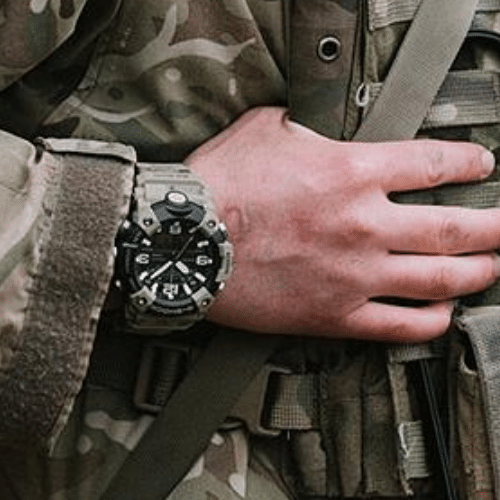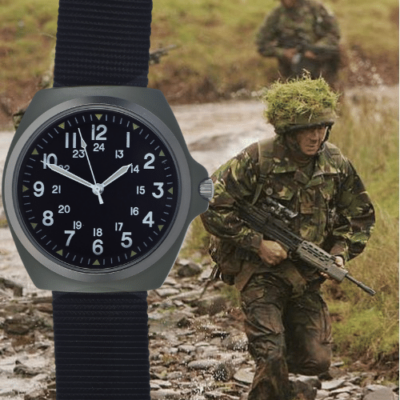News
Elite Ukrainian Brigade Commander Warns of ‘Critical Situation’ and Major Losses on Frontlines
Former commander of the Ukrainian Azov Brigade Maksim Zhorin has issued a warning regarding the critical situation faced by forces on the frontlines, stating that losses include not only settlements, as Western sources have widely claimed, but “entire sectors” as Russian Army units advance rapidly. The battlefield situation for Ukraine is “only getting worse,” he stated, adding: “In some areas, in the absence of urgent decisions, the situation is becoming critical. In fact, I don’t remember such a rapid enemy advance for a long time.” “The issue now is not the loss of certain settlements, but in general, a significant improvement in the enemy’s operational position in entire sectors,” Zhorin added. His statement follows the raising of concerns by multiple Western and Ukrainain forces that the frontlines are approaching an eventual breaking point, in large part due to increasingly extreme personnel shortages.
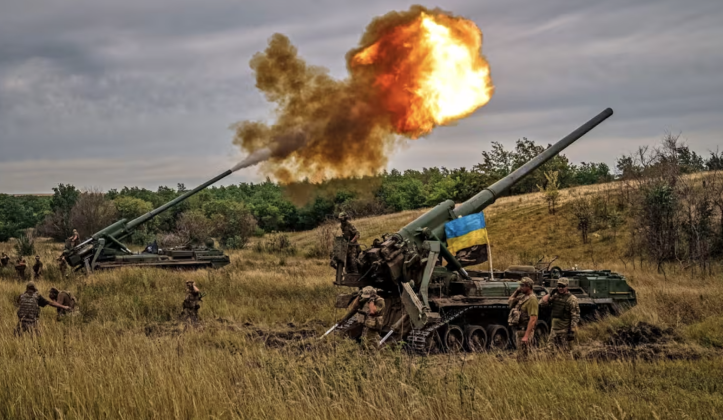
Elaborating on personnel shortages affecting frontline units, former chief of staff of the 12th Brigade of the Ukrainian National Guard Bogdan Krotevich in late August lamented that brigades were staffed at just 30 percent and were barely combat-ready. Russian President Vladimir Putin days later stated that combat-ready units in the Ukrainian Armed Forces are staffed no more than 47-48 percent. A primary factor in these shortages is that Ukrainain conscript units have suffered extreme casualty rates, at times reaching 80-90 percent, with the Wall Street Journal being among the sources to report that the Army has relied on recruiting poor men from villages and sending them to the frontlines with just two days of training.
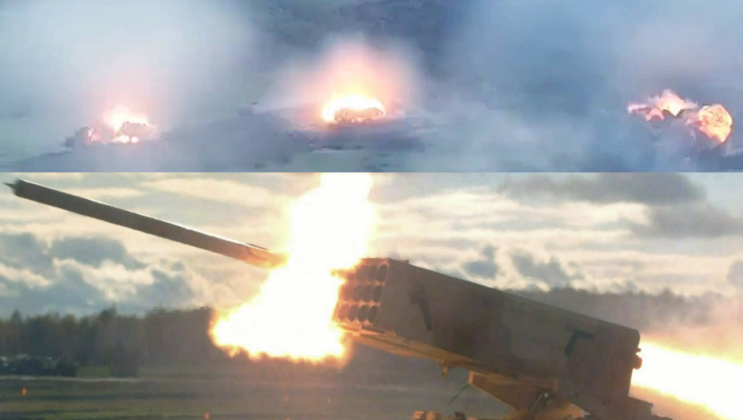
Although Russian forces took extreme losses in early 2022, casualties rates in 2024 and 2025 have remained far lower, and are estimated to be a small fraction of those Ukrainian forces have suffered. The vast discrepancies in firepower between the two countries’ forces from early 2023 increasingly forced Ukraine to rely on masses of expendable manpower, although its current personnel shortages have indicated that this approach was far from sustainable.Personnel shortages have resulted in a growing reliance on foreign combatants to bolster frontline positions, including contractor personnel from Brazil and Colombia, and the Polish Volunteer Corps, with smaller numbers from higher income countries deployed including British Royal Marines and the American Forward Observation Group. Foreign units have also frequently suffered significant casualties.
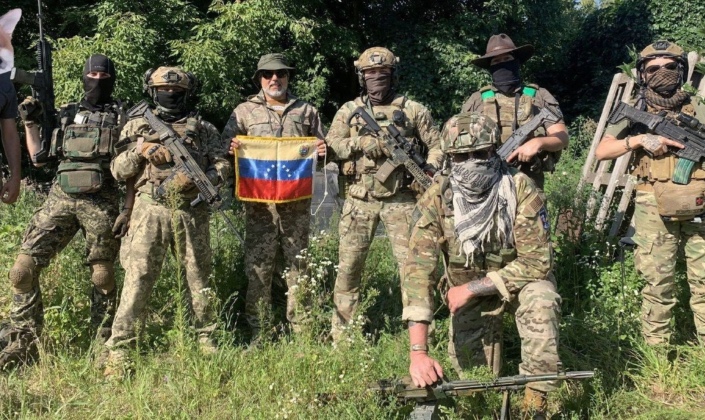
In April 2023 Ukrainian ambassador to the United Kingdom Vadim Pristaiko revealed that Kiev was concealing the full number of casualties suffered in the war, stating that “it has been our policy from the start not to discuss our losses,” but that “when the war is over, we will acknowledge this. I think it will be a horrible number.” Leaked documents in August confirmed that military casualties had exceeded 1.7 million personnel. Casualty rates have been a primary factor forcing desertion rates to particularly high levels, according to reports rom the Financial Times, with a recent British assessment having estimated that 650,000 Ukrainian men of fighting age have fled the country. The number of deserters from the Armed Forces, according to Ukrainian MP Anna Skorokhod, has reached almost 400,000 personnel, exacerbating the shortages caused by casualties. This threatens to create a vicious cycle in which greater casualties cause higher desertion rates, with the effects of both of these being greater personnel shortages that leave forces on the frontlines vulnerable, in turn driving casualty rates higher.

